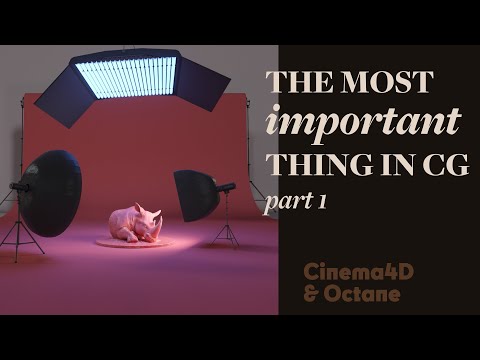Description:
Learn the fundamentals of using the light object in Octane for Cinema 4D in this comprehensive tutorial. Explore essential concepts including power, temperature, distribution, light shapes, and light filtering to maximize the potential of your Octane light object. Dive into important kernel settings, various light types (area, IES, spot, and sun), and crucial parameters like surface brightness, sample rate, and visibility options. Gain insights on exposure, gamma, highlight compression, white balance, and bloom/glare effects. Perfect for 3D artists and motion designers looking to enhance their lighting skills in Cinema 4D with Octane renderer.

Cinema 4D Tutorial - Octane Light Basics
Add to list